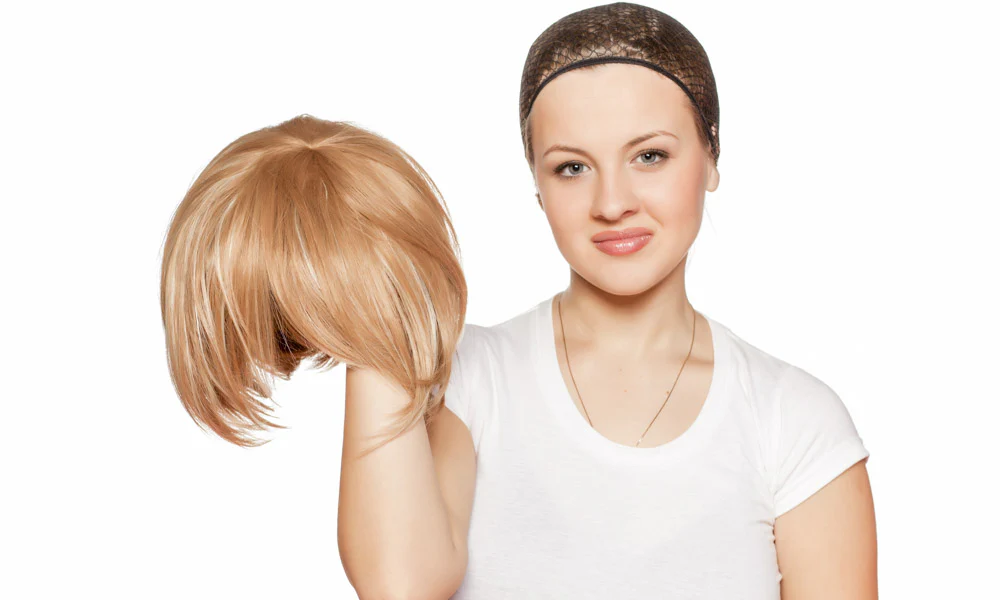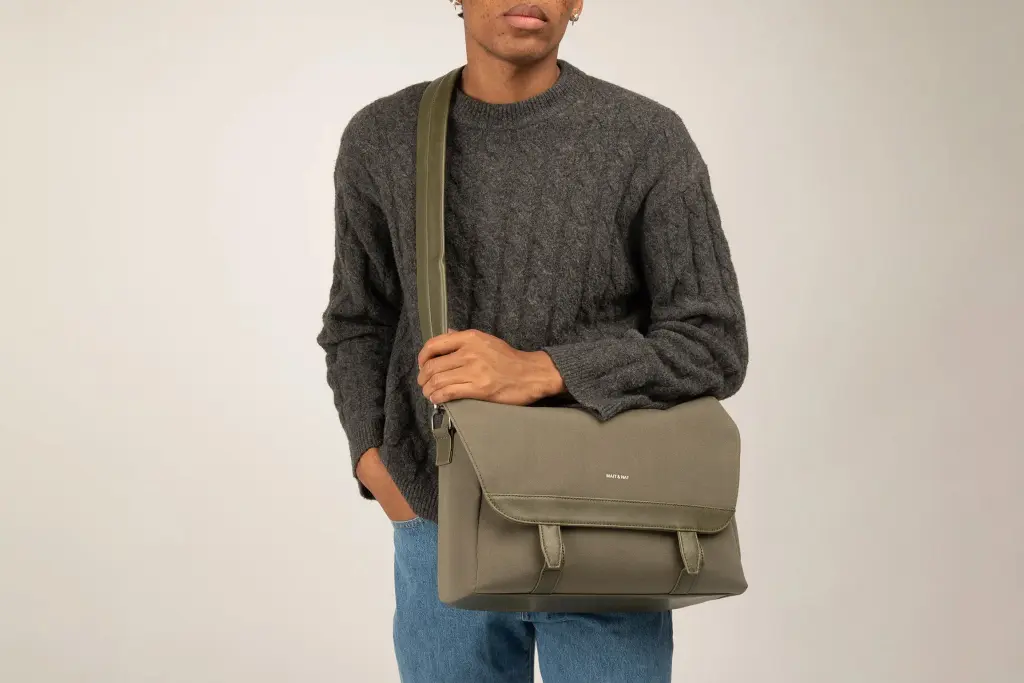Creating functional spaces for children requires careful planning, especially when those spaces need to serve multiple purposes. Your child’s room or playroom likely functions as both an active play zone and a quiet study area. The right kids carpet can make all the difference in creating a space that supports both activities effectively.
Children spend considerable time on the floor, whether they’re building with blocks, doing puzzles, or spreading out homework assignments. The flooring you choose impacts their comfort, safety, and ability to focus. A well-selected carpet provides cushioning for active play while creating a defined, comfortable study space that helps children concentrate.
When you buy rugs online or shop in stores, you’ll face countless options. Understanding what features matter most for dual-purpose spaces helps you make a smart choice that serves your family for years to come.
Making Play Areas Safe and Comfortable
Children play hard, and their carpet needs to keep up with their energy levels. Play areas require specific features that prioritize safety and durability above all else.
Built for Heavy Use
Kids carpet in play areas faces constant challenges. Toys get dropped, drinks get spilled, and little feet run back and forth all day long. Look for carpets with high twist levels in the fibers and dense construction. These carpets resist matting and crushing better than loosely constructed alternatives.
Nylon and polyester blends offer excellent durability for active spaces. These synthetic materials bounce back from heavy use and resist permanent indentations from furniture or toys. Wool carpets, while luxurious, may not withstand the rigorous demands of an active play area.
Stain Resistance Matters
Spills happen constantly in kids’ spaces. Art projects, snacks, and drinks create messes that need quick cleanup. Solution-dyed carpets resist stains better than piece-dyed options because the color goes all the way through each fiber.
Many manufacturers now offer carpets with built-in stain protection treatments. These treatments create a barrier that prevents liquids from immediately soaking into fibers, giving you time to clean up spills before they become permanent stains.
Safety Features for Active Play
Carpet backing affects safety in play areas. Look for carpets with non-slip backing or plan to use quality rug pads underneath. This prevents the carpet from sliding when children run or jump on it.
Consider carpet thickness carefully. Very thick, plush carpets might seem more comfortable, but they can create tripping hazards for small children. Medium-pile carpets provide good cushioning while maintaining stability for active play.
Creating Effective Study Spaces
Study areas have different requirements than play zones. Children need to focus, concentrate, and feel comfortable while sitting at desks or working on the floor.
Sound Control Benefits
Carpet naturally absorbs sound, which helps create quieter study environments. Hard flooring surfaces reflect sound and can be distracting, especially in multi-purpose rooms where other family members are active nearby.
Thicker carpets with quality padding provide better sound absorption. This feature benefits the child studying and reduces noise transmission to other areas of the home.
Comfortable Work Surface
Many children prefer working on the floor for certain activities like art projects or reading. Carpet provides a comfortable surface that’s easier on knees and backs than hard flooring.
The right carpet pile height supports comfortable floor work without being so thick that it becomes unstable for desk chairs or other study furniture.
Health Considerations
Some children have allergies or sensitivities that affect their ability to concentrate. Hypoallergenic carpet options use materials and treatments that resist dust mites and other allergens.
Low-VOC (volatile organic compound) carpets improve indoor air quality in study spaces. These carpets have minimal chemical off-gassing, which is particularly important in enclosed spaces where children spend extended periods.
Color and Pattern Selection Strategy
The visual aspects of kids carpet significantly impact how well the space functions for different activities.
Colors That Support Different Activities
Active play benefits from energizing colors that stimulate creativity and movement. Brighter blues, greens, and warm colors can energize play spaces without being overly stimulating.
Study areas work better with calmer color palettes. Softer blues, greens, and neutral tones help children focus and feel relaxed while working. These colors don’t compete for attention with books, screens, or homework materials.
Consider carpets with color-blocking or sections that naturally divide play and study zones within the same room.
Practical Pattern Choices
Patterns serve practical purposes beyond aesthetics. Multi-colored patterns and geometric designs hide everyday wear, small stains, and dirt better than solid colors.
Avoid patterns that might be visually distracting during study time. Simple geometric patterns or subtle textures work better than busy designs with cartoon characters or complex motifs.
Medium-scale patterns typically work best in kids’ rooms. Very small patterns can appear busy and overwhelming, while very large patterns might not fit well in smaller spaces.
Keeping Kids Carpet Clean and Fresh
Proper maintenance keeps your carpet looking good and functioning well for both play and study activities.
Daily and Weekly Care
Vacuum kids carpet at least twice per week in high-traffic areas. Daily vacuuming may be necessary in very active play zones. Use a vacuum with good suction and a rotating brush to lift dirt and debris from carpet fibers.
Address spills immediately. Blot liquids with clean cloths rather than rubbing, which can push stains deeper into fibers. Keep carpet cleaning solution designed for your specific carpet type readily available for quick treatment.
Managing Common Stains
Different activities create different types of stains. Art supplies, food, and drinks require specific cleaning approaches. Water-based stains generally respond well to mild detergent solutions, while oil-based stains may need specialized cleaners.
Create a cleaning kit specifically for your kids carpet. Include clean white cloths, appropriate cleaning solutions, and a small brush for working on stubborn spots.
Professional Cleaning Schedule
Even with regular home care, kids carpet benefits from professional cleaning every 12-18 months. Professional cleaning removes deep dirt and allergens that regular vacuuming cannot reach.
Schedule professional cleaning during school breaks when the room can be out of commission for a day. This allows adequate drying time before children resume normal activities in the space.
Making the Smart Choice for Your Family
Selecting kids carpet that works for both play and study areas requires balancing multiple factors. Prioritize safety and durability as your primary concerns, then consider comfort and visual appeal.
When you buy rugs online, read detailed product descriptions and customer reviews. Pay attention to comments from other parents about durability and stain resistance. Many online retailers offer samples, which help you evaluate texture and color in your specific lighting conditions.
Measure your space carefully and consider how the carpet will fit with existing furniture and room layout. A well-chosen kids carpet creates a foundation for years of productive play and study, making it an investment worth careful consideration.
The right carpet transforms your child’s space into an area that truly supports their development, creativity, and learning. Take time to evaluate your options thoroughly, and choose a carpet that will grow with your child’s changing needs.





